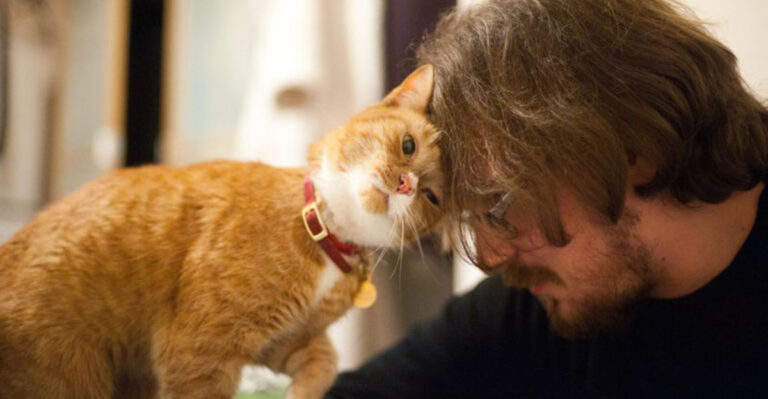How To Stop Cats From Scratching Furniture
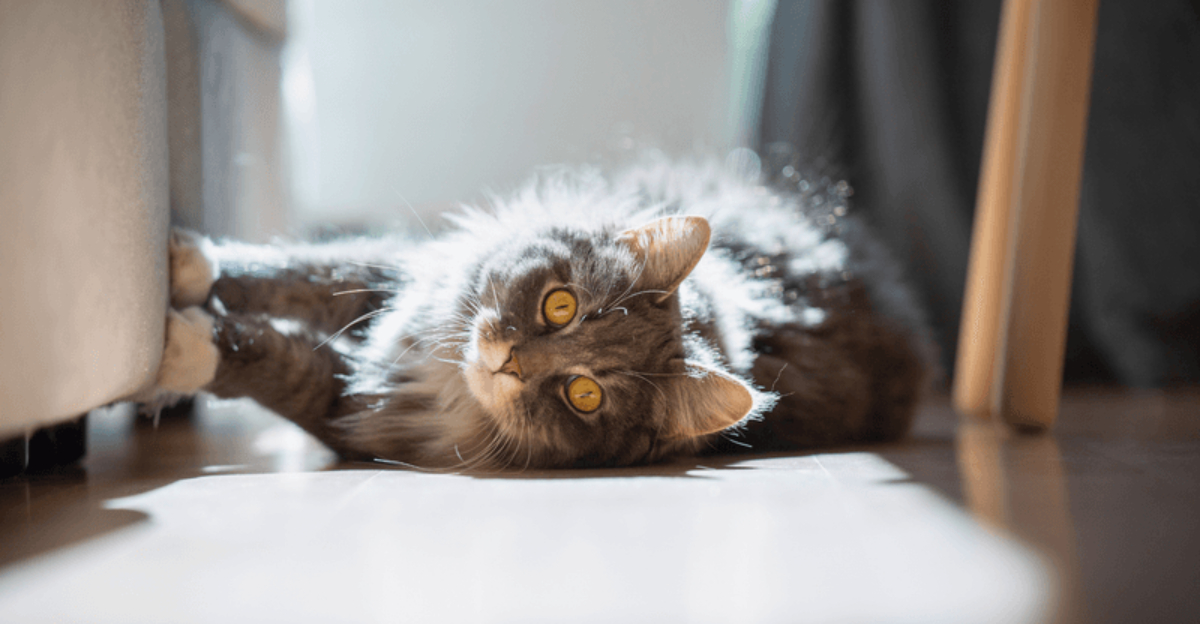
Ever walked into your living room to find your favorite couch under attack? Those tiny claws can wreak havoc on your cherished furniture pieces in no time.
Scratching is natural for cats – it helps them stretch, mark territory, and maintain healthy claws. But with these smart solutions, you can protect your furniture while keeping your feline friend happy.
1. Provide Scratching Posts
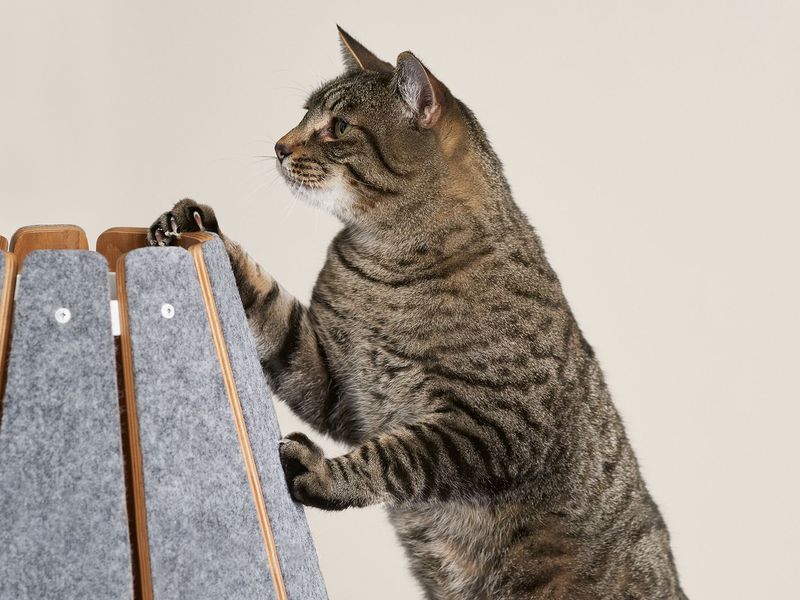
Cats need to scratch something, so give them a better option! Place sturdy posts in areas where your cat already likes to scratch. The posts should be tall enough for a full stretch.
Choose materials like sisal rope or corrugated cardboard that cats naturally love. Position posts near furniture that’s being targeted to give your kitty an immediate alternative.
2. Apply Deterrent Sprays
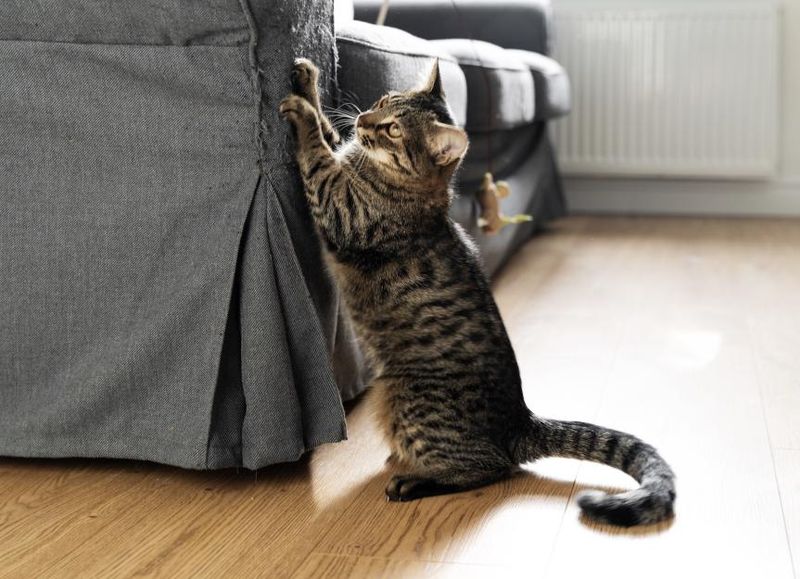
Scents like citrus and menthol naturally repel cats. Commercial deterrent sprays use these smells to create no-scratch zones on your furniture. Test a small area first to ensure the spray won’t damage fabric.
Reapply every few days until your cat learns to avoid the area. Many sprays are made with natural ingredients that are safe for homes with pets and children.
3. Cover Vulnerable Surfaces
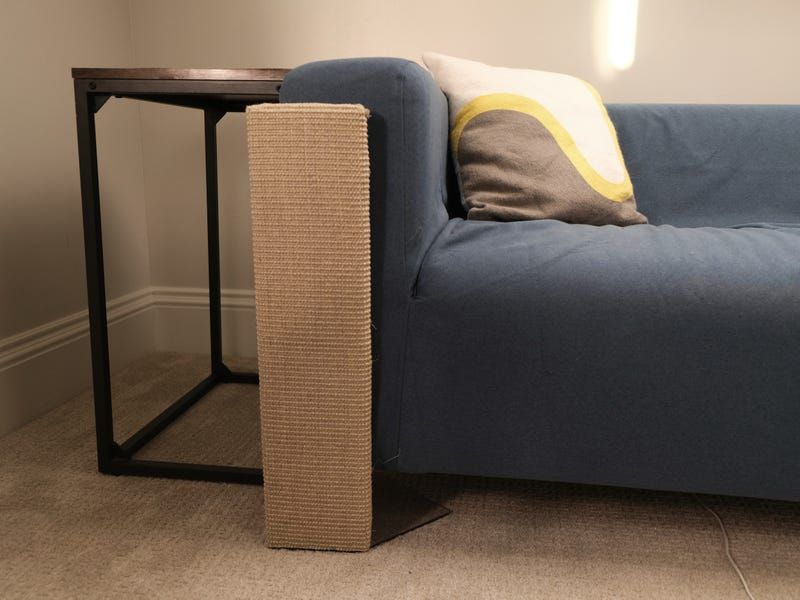
Temporary furniture covers can save your sofa while training your cat. Double-sided tape sheets create a sticky surface cats hate to touch. Aluminum foil works too – cats dislike the noise and texture.
Plastic carpet runners (turned nubby-side up) protect larger areas. These covers can be gradually removed as your cat learns to use appropriate scratching surfaces instead.
4. Trim Those Claws Regularly
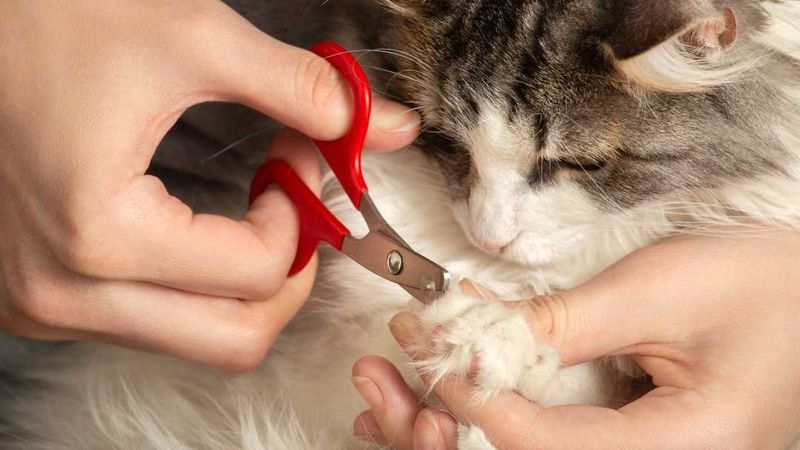
Regular nail trims reduce scratching damage significantly. Use special pet clippers and just snip the sharp tips – never cut into the pink quick. Make trimming a positive experience with treats and praise.
Aim for every 1-2 weeks depending on how fast your cat’s nails grow. If you’re nervous about doing it yourself, groomers and vets offer this service for a small fee.
5. Try Soft Nail Caps
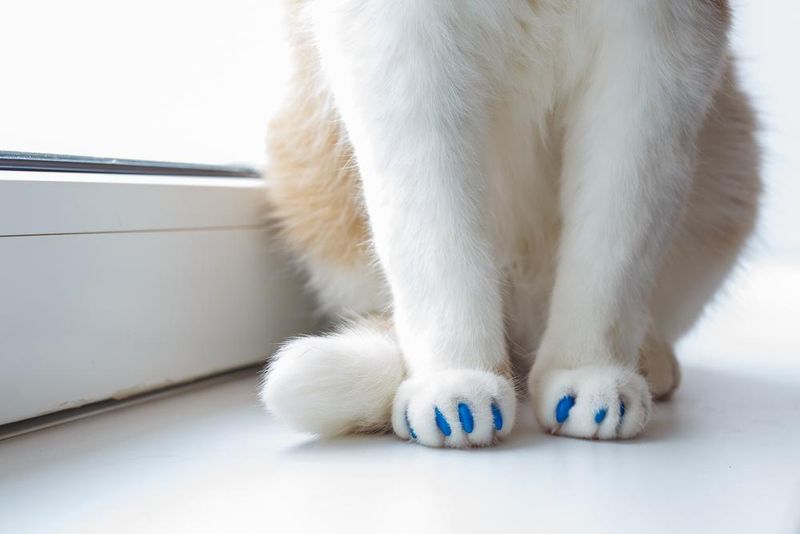
Vinyl nail caps create a soft barrier between claws and furniture. These tiny sheaths glue onto trimmed nails and last about 4-6 weeks before falling off naturally. They come in fun colors and don’t interfere with normal claw retraction.
Most cats adjust quickly to wearing them. The application process takes practice but becomes easier each time. Perfect for persistent scratchers!
6. Create Designated Scratching Zones

Transform a corner of your home into a kitty scratching paradise. Combine different scratching surfaces – horizontal pads, vertical posts, and angled scratchers – to satisfy all preferences.
Make the area extra appealing with catnip and toys. Reward your cat with treats when they use this zone instead of furniture. Soon they’ll naturally gravitate toward their special spot.
7. Use Motion-Activated Deterrents
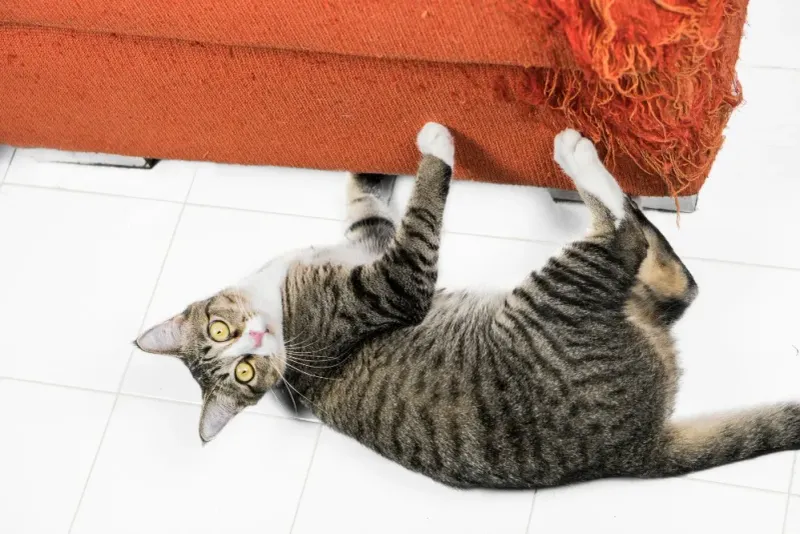
Modern technology offers gentle solutions for furniture protection. Motion-activated air sprayers detect your cat approaching forbidden areas and release a harmless puff of air. The surprise interrupts scratching behavior without causing fear.
These devices work even when you’re not home. Most cats learn quickly to avoid areas where these deterrents are placed, preserving your furniture around the clock.
8. Increase Playtime
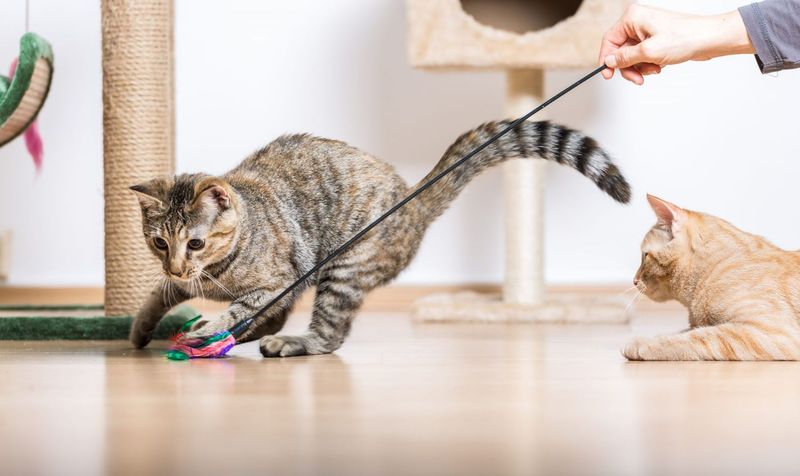
Bored cats often scratch furniture out of frustration. Daily interactive play sessions drain excess energy and satisfy hunting instincts. Feather wands, laser pointers, and chase toys get cats moving and pouncing.
Just 15 minutes twice daily makes a huge difference in behavior. Tired cats are less likely to engage in destructive scratching. Plus, playtime strengthens your bond and keeps kitty physically fit!
9. Rearrange Furniture Temporarily

Sometimes blocking access works wonders. Move furniture against walls or temporarily place items like laundry baskets in front of favorite scratching spots. This disrupts established habits and gives time for new ones to form.
After a few weeks, slowly return furniture to original positions. By then, your cat should be using appropriate scratching surfaces. This method works especially well combined with providing attractive alternatives.
10. Apply Furniture-Friendly Tape
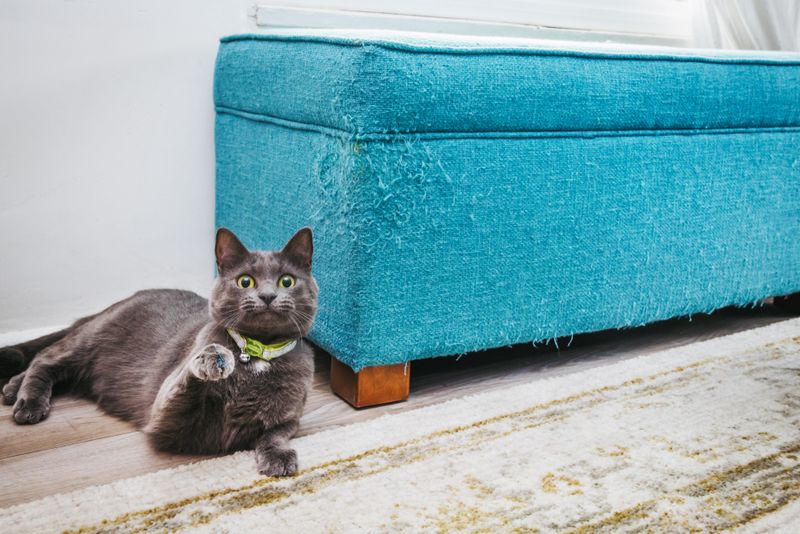
Special anti-scratch tape creates a surface cats naturally avoid. Unlike regular tape, these products won’t damage upholstery when removed. Apply to corners and edges where scratching typically occurs.
The slightly tacky sensation on paws sends cats looking elsewhere. Most cats need only a few encounters before avoiding taped areas completely. After several weeks, you can usually remove it without the scratching returning.
11. Reward Positive Behavior
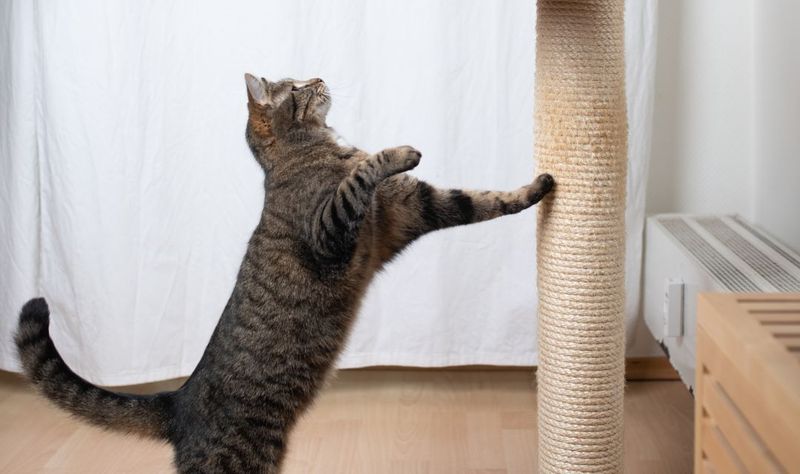
Positive reinforcement works magic with cats. Keep treats handy and immediately reward your cat when they use appropriate scratching surfaces. The timing is crucial – the reward must come within seconds of the good behavior.
Use verbal praise in an excited tone too. Never punish scratching – instead, redirect and reward. Consistent positive associations help cats quickly learn what makes you happy.
12. Try Pheromone Products
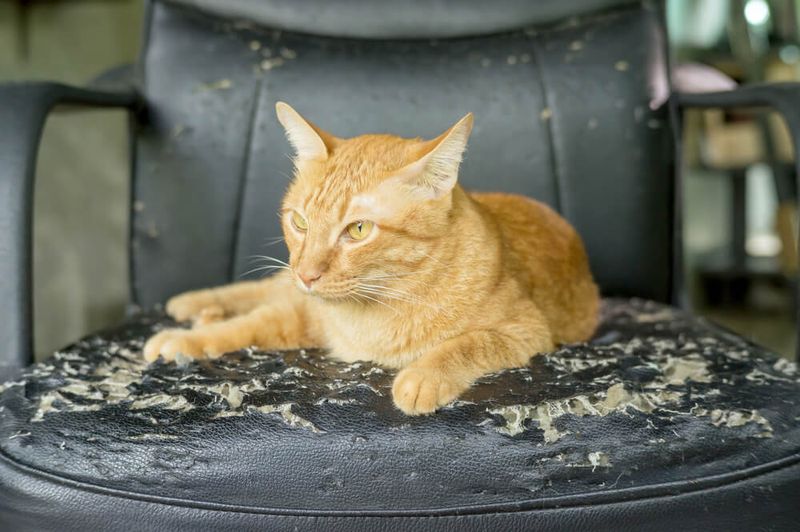
Synthetic feline facial pheromones create a sense of security for cats. Available as sprays, diffusers, and wipes, these products reduce anxiety-based scratching. Apply directly to scratching posts to make them more appealing.
Use on furniture to discourage territorial marking through scratching. Many cat owners report significant behavior improvements within days. These products are odorless to humans but send powerful signals to cats.
13. Provide Window Perches
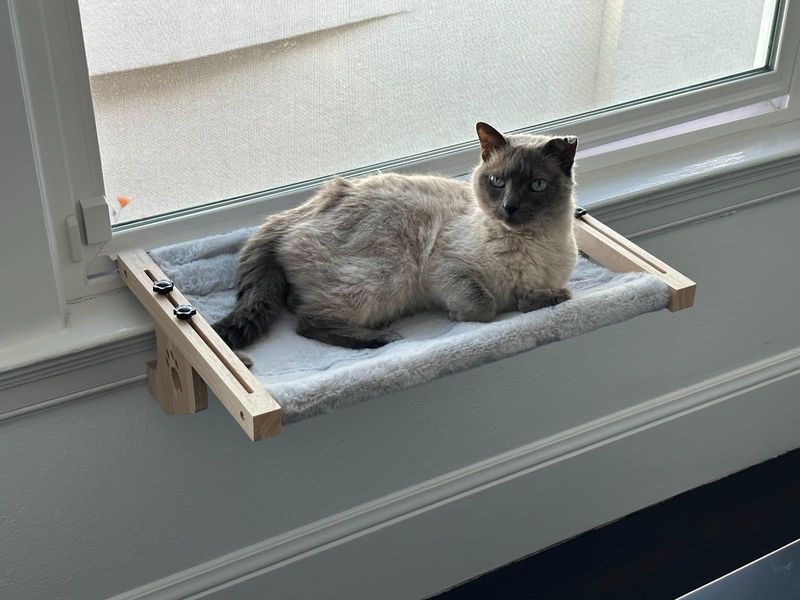
Scratching often increases when cats feel bored or unstimulated. Window perches offer entertainment and a new territory that isn’t your furniture. Cats can watch birds, feel sunshine, and enjoy the outdoors safely.
This environmental enrichment reduces stress that leads to destructive behaviors. Choose perches with built-in scratching surfaces for a dual-purpose solution. Your cat gets a view and an appropriate place to scratch!
14. Use Furniture Protectors
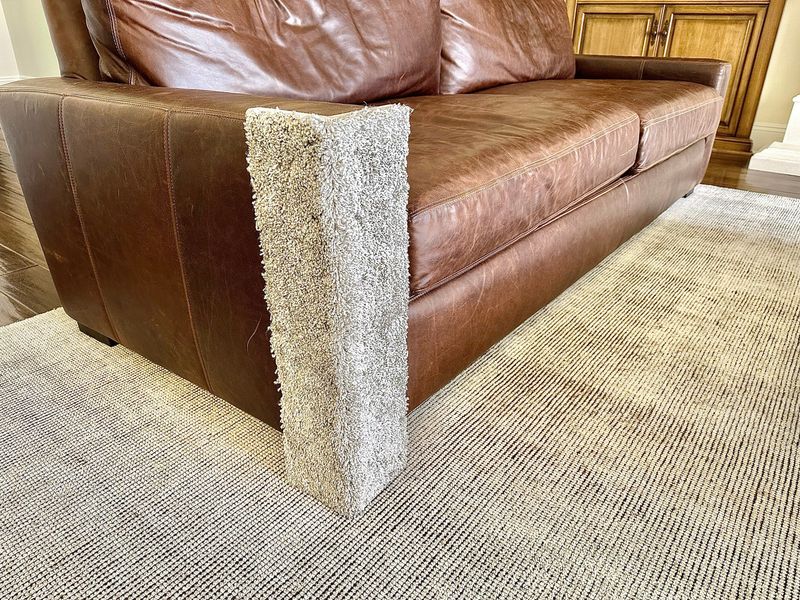
Clear vinyl corner guards shield vulnerable furniture parts without sacrificing style. Specially designed furniture shields attach securely to sofa arms and corners. Some even come with built-in scratching surfaces!
Modern protectors are nearly invisible and won’t detract from your decor. They’re particularly useful for expensive or antique pieces that would be costly to repair. Installation takes minutes but provides years of protection.
15. Consider Soft Paws Alternatives
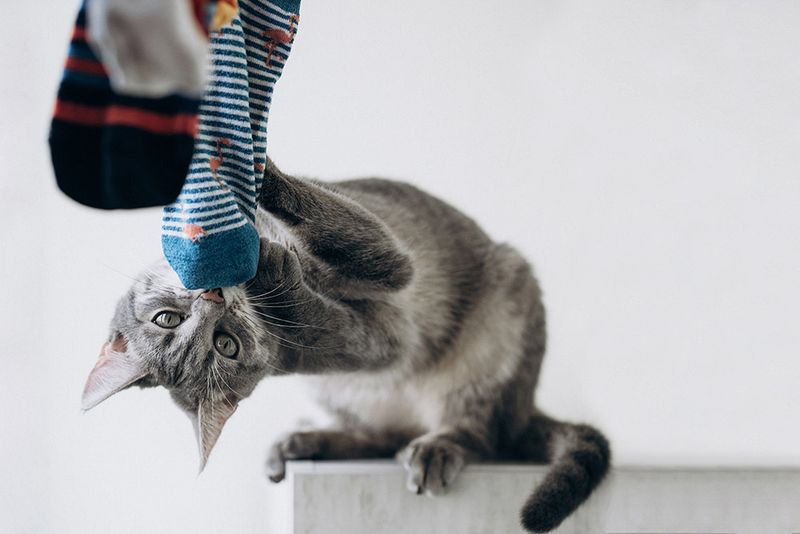
Beyond commercial nail caps, fabric booties offer another solution for persistent scratchers. These tiny socks protect furniture during supervised time. Remove them for sleeping and solo play to keep your cat comfortable.
Some cats tolerate booties better than nail caps. Start with short wearing periods and gradually increase duration. Always monitor your cat initially to ensure they aren’t distressed by this new sensation.




